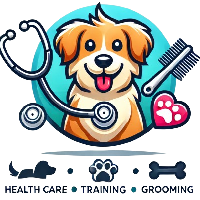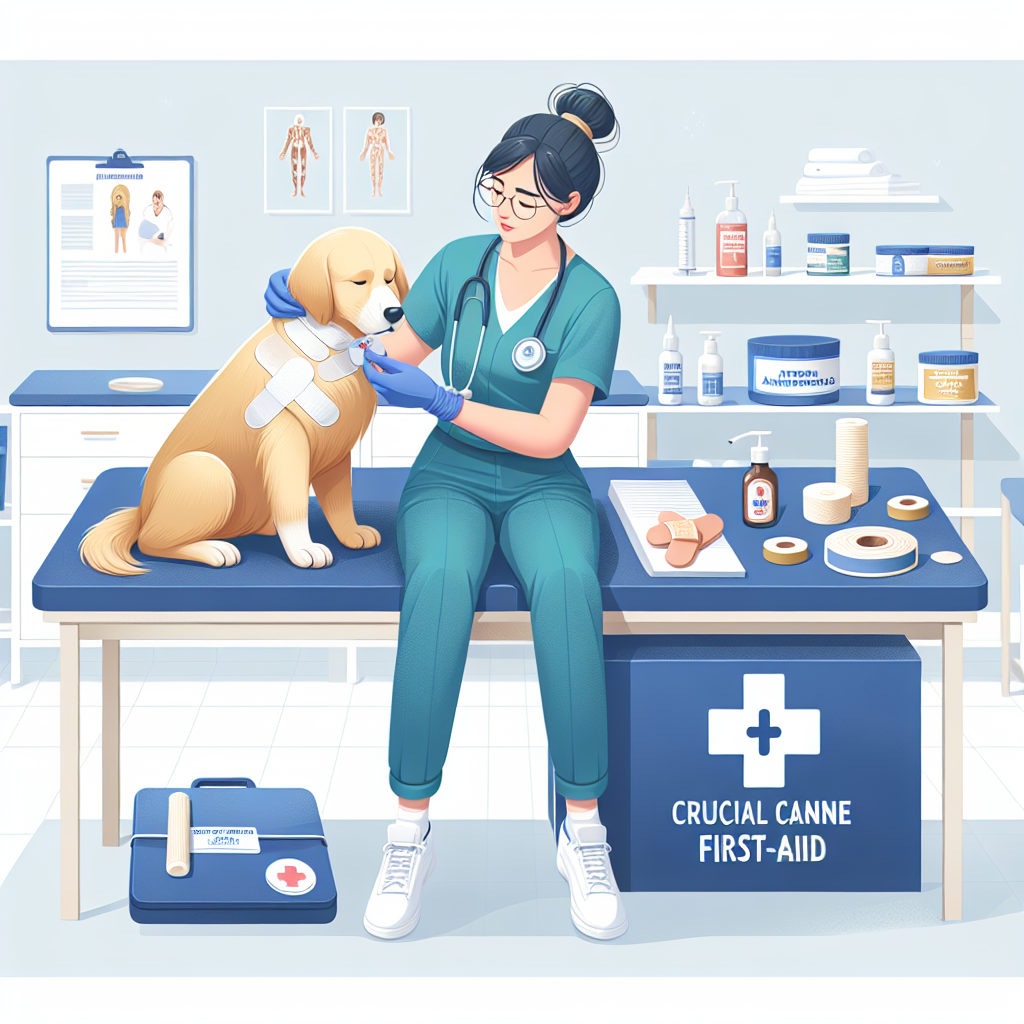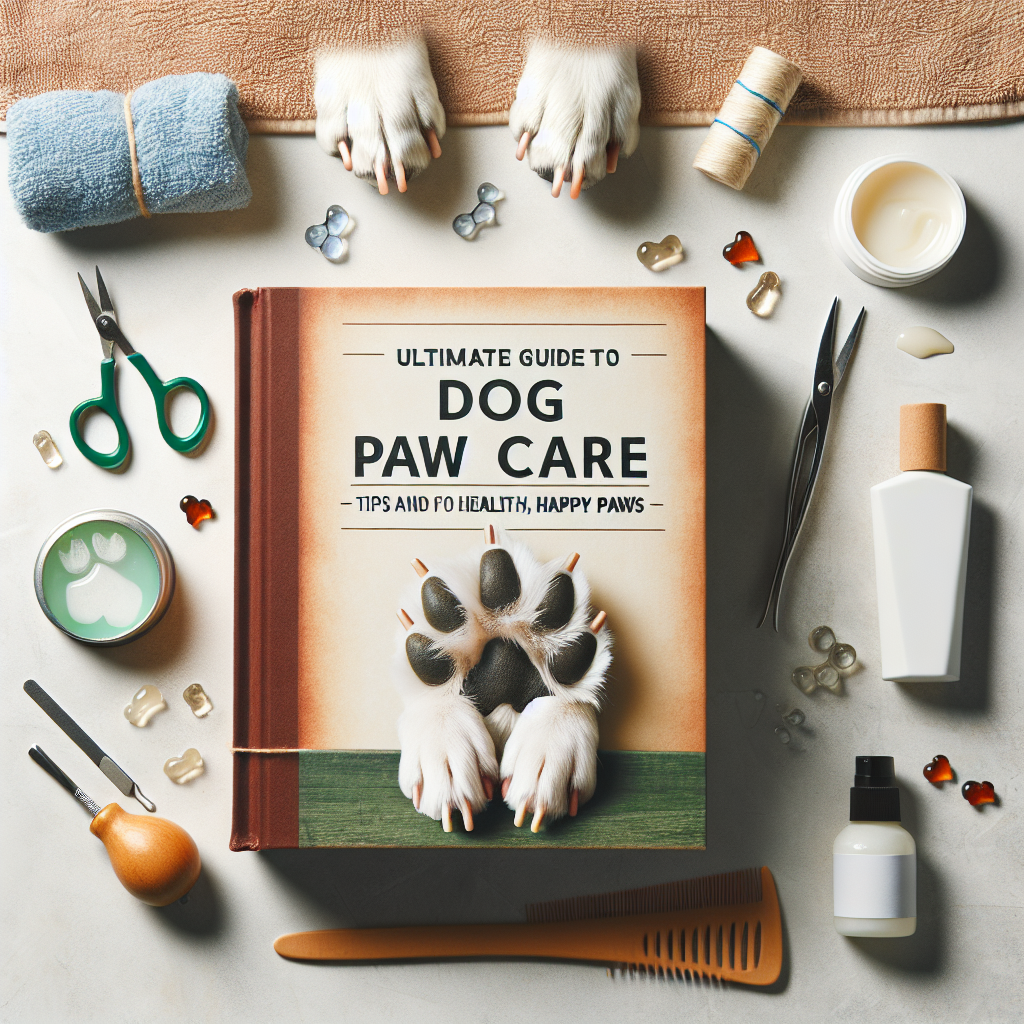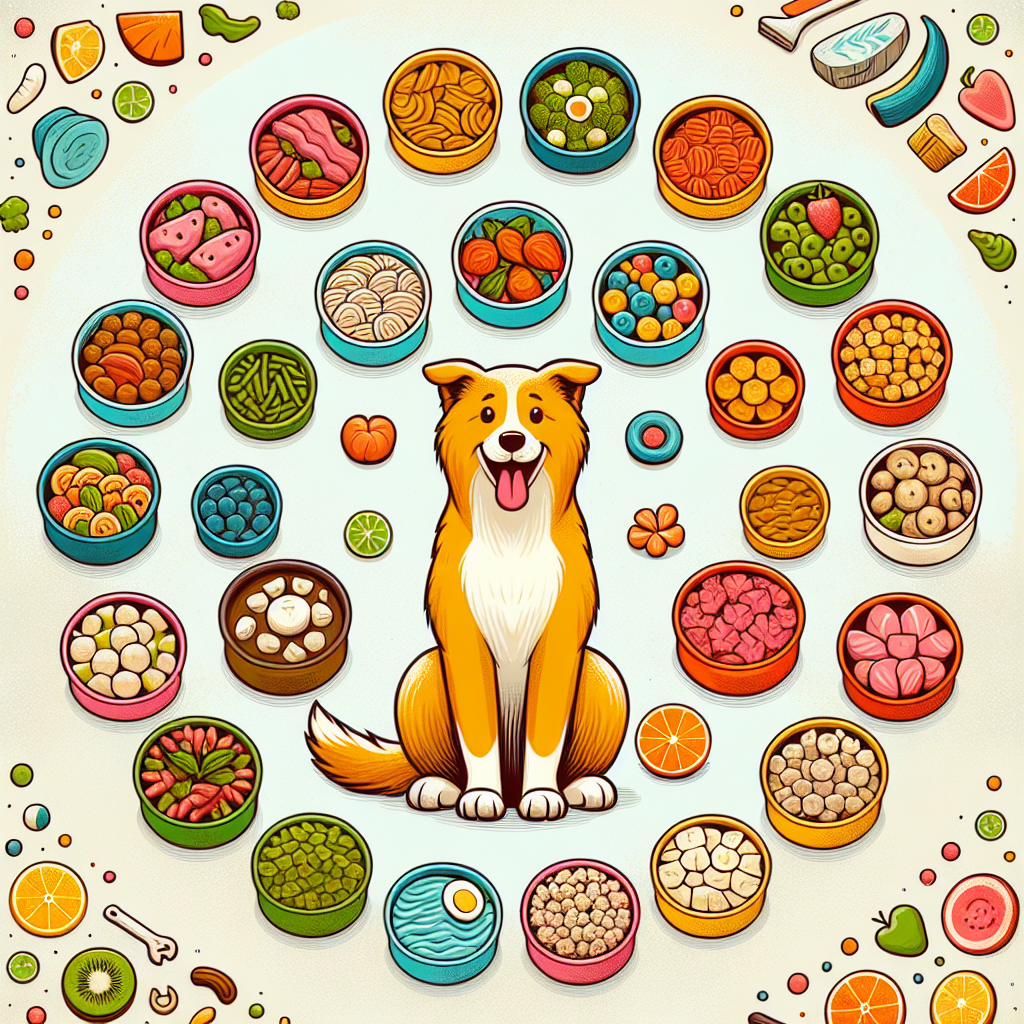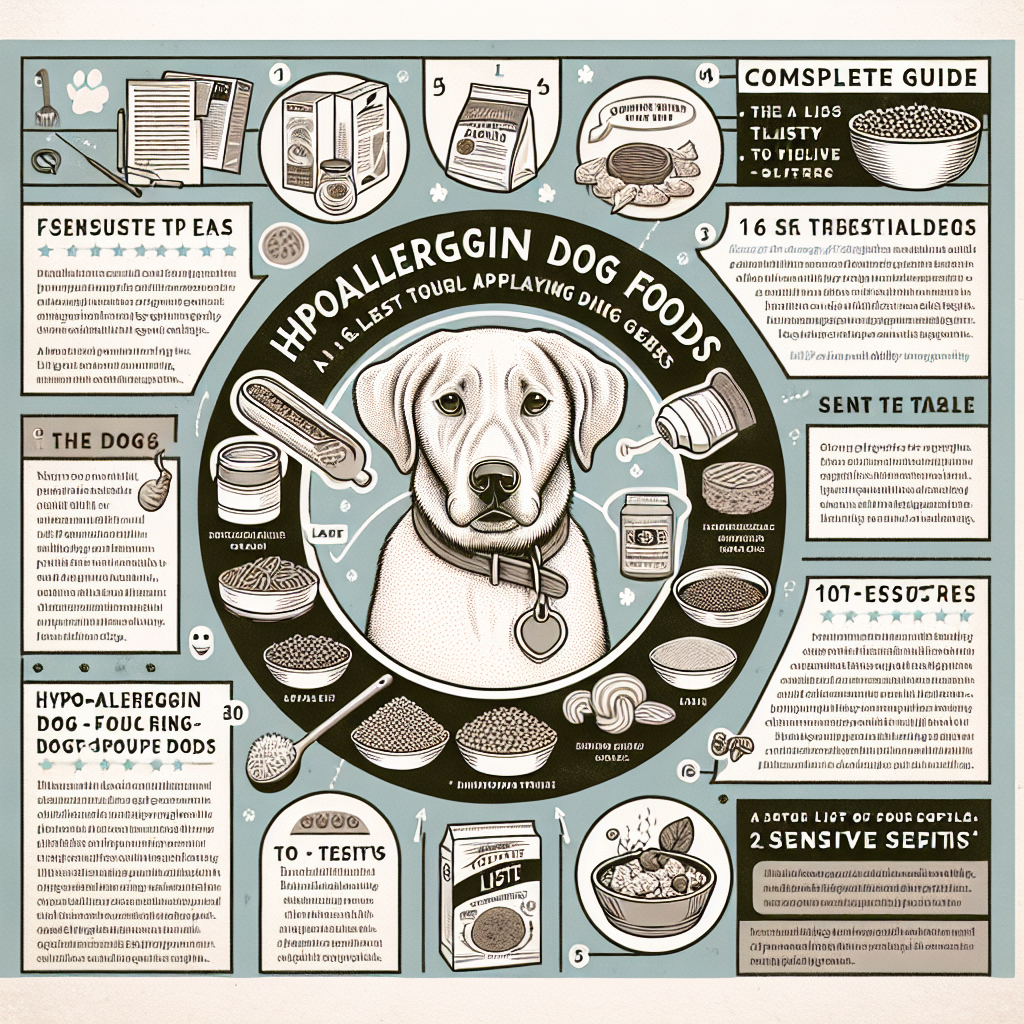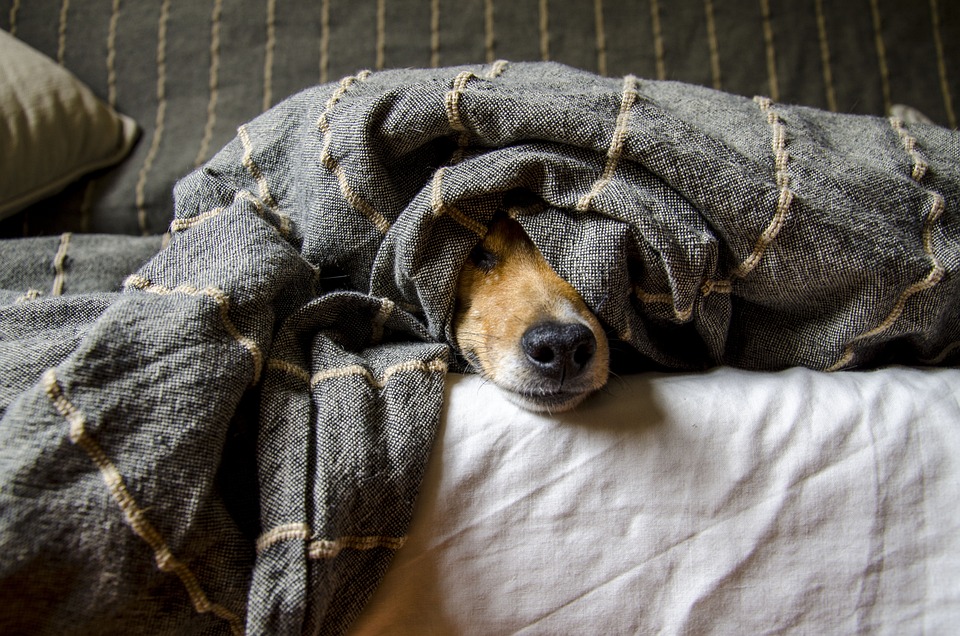
As a pet parent, it’s your responsibility to ensure your dog’s overall well-being. A significant part of taking care of a dog involves grooming. Regular grooming is not just about maintaining your dog’s aesthetics; it’s crucial for their health and happiness. This comprehensive guide explores ten expert dog grooming tips every pet parent should know to keep your pup in the best possible shape.
1. Start Grooming Early
Why It’s Important: Introducing grooming routines when your dog is young helps them become accustomed to the process, making future grooming sessions smoother and less stressful.
How To Do It: Begin by gently handling your puppy’s paws, ears, tail, and brushing their coat gently. Offer treats and verbal praise to make it a positive experience. Patience is key; do not force anything. Gradually increase the grooming time as your puppy becomes more comfortable.
2. Regular Brushing
Why It’s Important: Regular brushing helps remove dirt, dead hair, and prevents matting. It also promotes healthy skin and coat by distributing natural oils.
How To Do It: The frequency of brushing depends on your dog’s coat type. For instance, short-haired breeds might only need brushing once a week, whereas long-haired breeds might need daily brushing. Use the appropriate brush: slicker brushes for dogs with longer coats, and bristle brushes for short-haired breeds. Always brush in the direction of hair growth to avoid discomfort.
3. Bathing Basics
Why It’s Important: Bathing removes dirt, debris, and bad odors from your dog’s coat, and can also help with any underlying skin conditions.
How To Do It: Bathe your dog once every 1-3 months unless they get particularly dirty. Use a dog-specific shampoo that’s suitable for their skin type. Human shampoos can upset the pH balance of your dog’s skin and cause irritation. Ensure the water is lukewarm, wet your dog thoroughly, apply a small amount of shampoo, and lather gently. Rinse thoroughly to prevent soap residue, which can cause itchiness and skin irritation. Dry your dog with a towel or a blow dryer on a low-heat setting.
4. Nail Trimming
Why It’s Important: Overgrown nails can cause discomfort, pain, and even lead to orthopedic problems due to altered posture and gait.
How To Do It: Use a dedicated dog nail trimmer. Trim the nails every 3-4 weeks. Locate the quick (the pink part visible in light-colored nails), and avoid cutting into it as this can cause pain and bleeding. If your dog has dark nails, trim a little at a time. Better to trim more frequently than cut too much at once. Always have styptic powder on hand to stop any accidental bleeding.
5. Ear Cleaning
Why It’s Important: Regular ear cleaning helps prevent ear infections and keeps the ears free from wax build-up, debris, and parasites.
How To Do It: Examine your dog’s ears weekly. Use a vet-approved ear cleaning solution. Moisten a cotton ball with the solution, gently wipe the ear flap and visible part of the ear canal. Never insert anything deep into your dog’s ear canal to avoid injury. If you notice redness, swelling, or a foul odor, consult your veterinarian.
6. Dental Care
Why It’s Important: Dental hygiene prevents the build-up of plaque and tartar, reducing the risk of gum disease, tooth decay, and bad breath.
How To Do It: Brush your dog’s teeth at least 2-3 times a week using a dog-specific toothpaste and toothbrush. Begin slowly, allowing your dog to get used to the taste and sensation. There are also dental chews and toys designed to help keep your dog’s teeth clean.
7. Eye Care
Why It’s Important: Regular eye care helps prevent infections, tear stains, and monitors for conditions like cataracts or glaucoma, which can affect your dog’s vision.
How To Do It: Regularly check for signs of redness, cloudiness, or tear staining. Use a damp, soft cloth or a pet-safe eye wipe to gently clean around the eyes, removing any discharge or debris. If you notice persistent issues, consult your vet.
8. Grooming Tools
Why It’s Important: Having the right tools ensures that grooming is effective and comfortable for your dog, reducing the risk of injury and making the process more pleasant.
How To Do It: Invest in high-quality grooming tools appropriate for your dog’s coat type, such as slicker brushes, pin brushes, bristle brushes, shedding tools, nail trimmers, and grooming scissors. Keep blades sharp to avoid pulling and ensure tools are clean and well-maintained to prevent infections.
9. Anal Gland Expression
Why It’s Important: Dogs have anal glands that can become impacted or infected if not expressed regularly, leading to discomfort and potential health issues.
How To Do It: This should generally be done by a groomer or veterinarian unless you are trained and comfortable doing it yourself. Signs that your dog may need their anal glands expressed include scooting, licking or biting the area, and a foul odor.
10. Regular Vet Check-Ups
Why It’s Important: Regular vet check-ups ensure that your dog’s grooming needs are met professionally and that any issues are caught early.
How To Do It: Schedule regular vet visits, typically once a year for younger dogs and every six months for older dogs. Your vet can help with professional grooming needs such as nail trims, ear cleaning, and overall health assessments.
Conclusion
Effective grooming is a cornerstone of responsible dog ownership. By following these expert tips, you can ensure your dog stays clean, healthy, and happy. Remember that every dog is different, and their grooming needs may vary based on their breed, age, health, and lifestyle. Building a grooming routine that works for both you and your dog will make the process enjoyable and beneficial for years to come.
Additional Tips:
-
- Be Patient and Gentle: Grooming should be a bonding experience. If your dog resists, take breaks, and try again later.
-
- Consistency: Keeping a regular grooming schedule makes each session easier over time.
-
- Professional Help: Don’t hesitate to seek professional groomers for tasks you’re uncomfortable with, like anal gland expression or complex haircuts.
-
- Positive Reinforcement: Reward your dog with treats, praise, and toys during and after grooming sessions to build a positive association.
By investing time in grooming, you invest in the well-being of your furry friend, ensuring they live a happy, healthy life right by your side.
#ChatGPT assisted in the creation of this article.
